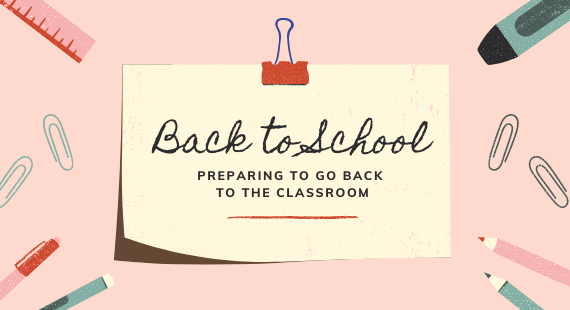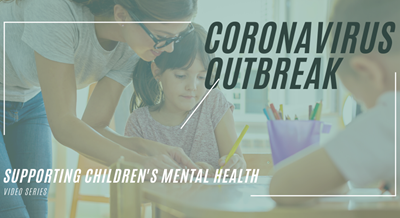
There is nothing normal about the school return this year. Dr Aileen Murtagh, Child and Adolescent Psychiatrist, discusses how we can support students during this time.

Primary and secondary school students are returning to the classroom after six months at home and in the face of considerable changes. Dr Aileen Murtagh, Child and Adolescent Psychiatrist and Assistant Medical Director of St Patrick’s Mental Health Services, discusses how we can support students during this time.
People talk about “the new normal”, but there is nothing normal about the school return this year; there is a new reality.
Introducing new measures in schools
Schools were closed in Ireland in March 2020 as part of a national lockdown to reduce the risk of transmitting COVID-19. Now, with different restrictions and lockdowns happening on regional scales, school re-opening plans continue as access to onsite education is prioritised.
The Department of Education has issued guidelines to schools. Individual schools are planning their re-openings and student supports. Schools are implementing measures to reduce the risk of viral transmission and some are holding virtual meetings with parents, informing them of measures and changes. The Psychological Society of Ireland has also issued a guidance document for schools welcoming back students following new restrictions; this and more helpful resources are shared below.
Children are already familiar with concepts such as social distancing and cough etiquette. However, a whole new language surrounds school return this year, referencing “school pods” and “class bubbles”, with parents and young people navigating maps of school yards with drop-off zones and one-way systems
Facing anxiety and uncertainty
School return after the summer break can generate anxiety for young people, but, this year, anxiety may be heightened after such a long break from the physical classroom, changes in the school’s appearances due to necessary infection control measures, fears of contracting COVID-19, and uncertainty over the future, including second waves and potential further school closures.
Uncertainty breeds anxiety. Certain groups face particular challenges, such as children with mental health difficulties, special educational needs or underlying medical conditions. Children moving from primary to secondary school or sitting state examinations also face additional issues.
Supporting students
Looking after students’ mental health during this unprecedented return to school will be very important.
To support this transition and reintegration in school, it is helpful for parents and students to:
- Build up a routine
- Adjust sleep, going to bed earlier in preparation for those early morning starts. Aim for eight hours sleep a night, or more for younger children
- Eat a balanced diet
- Incorporate daily movement and weekly exercise into their routine
- Recognise that anxiety is normal. It’s an anxious time for everyone; students, parents and teachers alike. Students can feel, name and discuss fears and worries with a parent, teacher or trusted adult. Adults should then validate these concerns, demonstrate calm behavior, and focus on what can be controlled and/or changed
- Have open, factual and honest discussions with children about COVID-19, tailoring the conversation to the child’s age and maturity level. Focus on what the child can control, such as measures to stay safe (hand-washing, avoiding touching their faces, and so on)
- Prepare for the changes as much as possible. Parents and students should familiarise themselves with information provided by the school in advance, such as school yard zones, drop-off and collection arrangements, new storage arrangements, and so on. They should also be made aware of school supports, such as school counselling, learning supports or school support team. Children should understand that teachers will be wearing masks, visors or other personal protective equipment (PPE), but there is still a smiling and supportive face behind the mask
- Stay connected with family and friends
- Focus on the positives of school return, such as social reconnection
- Allow time to transition to the new measures.
If you are a student and your feelings of anxiety or other mental health concerns become severe in nature, persistent over time and interfere with functioning in normal life in school or with friends and family, it’s important to reach out for help. Talk to a parent, teacher or school counsellor and seek advice from the GP, who can signpost you to appropriate supports and services.


